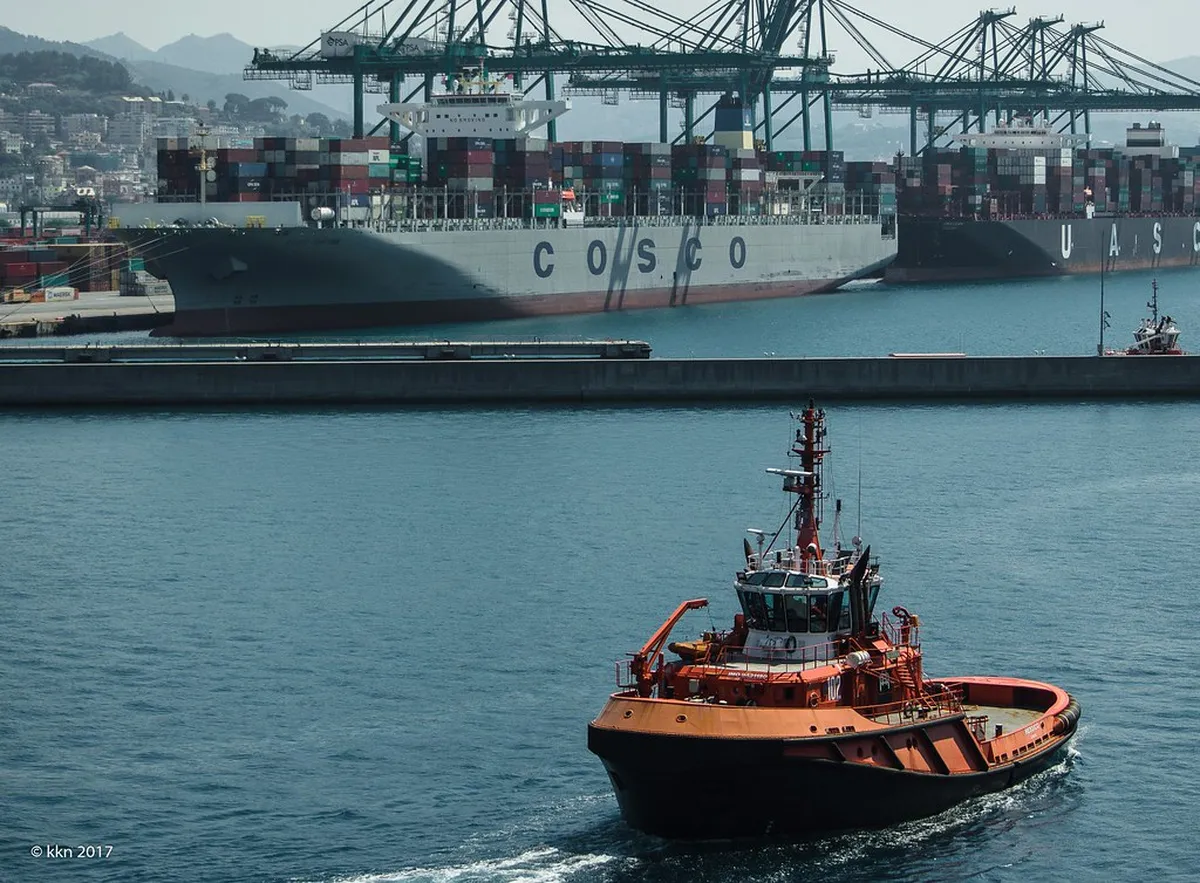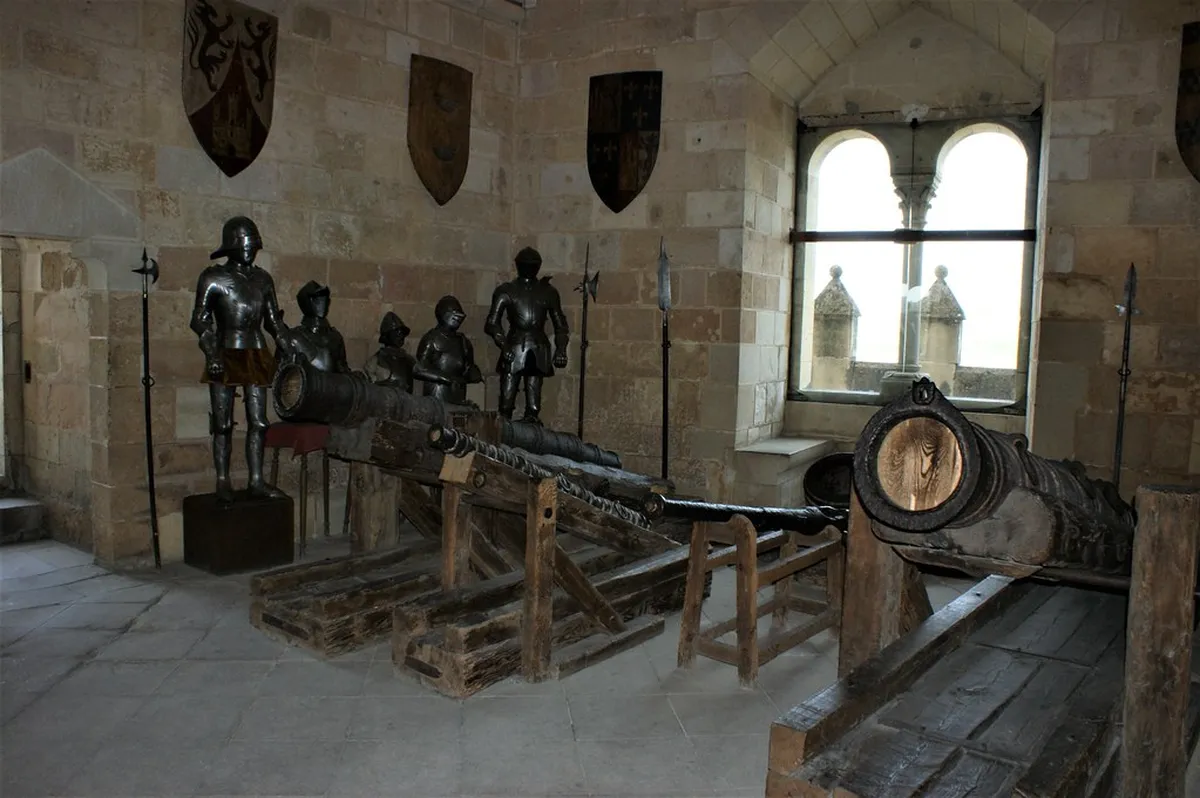Your Ultimate Genoa Transportation Guide: Get Around Easily
Welcome to Genoa, Italy's stunning port city. Navigating a new city can feel daunting. This Genoa transportation guide makes it simple. You will discover the best ways to get around Genoa in 2025. From arrival to daily exploration, we cover all options. Find essential tips for a smooth journey. Explore our Genoa itinerary for first-timers to plan your visit.
Genoa offers a mix of old-world charm and modern convenience. Its public transport system is efficient and extensive. You can easily reach all major attractions. Learn about tickets, passes, and costs. This guide helps you travel like a local. Consider our Genoa itinerary for inspiration.
Arriving in Genoa: Airport & Train Travel
Plan this trip faster with our free online itinerary maker. Get a personalized day-by-day plan in minutes.
Your journey to Genoa often begins at Cristoforo Colombo Airport (GOA). This airport sits close to the city center. It is well-connected for seamless travel. You have several convenient transfer options available.
The Volabus service offers a direct connection. Buses depart frequently from the airport terminal. They reach major points like Piazza Principe station. The journey takes about 30 minutes. A single ticket costs around €6 in 2025. This provides an easy link to your destination. Check the Genoa airport transfer guide for more details.
Alternatively, a local AMT bus line 157 connects the airport. This bus reaches Sestri Ponente railway station. From there, you can catch a train to city center stations. This option is slightly cheaper but involves a transfer. It is a good choice for budget-conscious travelers. Explore more Genoa budget travel tips.
Genoa boasts two main train stations: Piazza Principe and Brignole. Piazza Principe serves most long-distance routes. Brignole handles many regional connections. Both are centrally located and well-integrated. They offer access to local public transport networks. You can easily reach your Genoa accommodation from either station. High-speed trains connect Genoa to other Italian cities.
Navigating Genoa's Public Transport Network
Genoa's public transportation system is extensive. AMT (Azienda Mobilità e Trasporti) operates all services. This includes buses, metro, funiculars, and public elevators. These options help you tackle Genoa's hilly landscape. Getting around is surprisingly easy.
Buses cover nearly every corner of the city. They are often the most convenient choice. Routes connect the historic center to outer neighborhoods. Real-time information is available at many stops. You can also download the AMT app for schedules. Bus travel offers a great way to see the city.
The Genoa Metro is a single line, but very useful. It links Brin station to Brignole station. This metro line runs through the city center. It is ideal for quickly crossing urban areas. Stations are modern and well-maintained. The metro provides a fast alternative to road traffic. Consider using it for part of your Genoa walking routes.
Genoa's unique funiculars and elevators are a must-try. These transport systems ascend steep hills. They offer breathtaking panoramic views. The Zecca-Righi funicular is particularly popular. It takes you to the Righi district. This area offers stunning vistas. These historical transport methods are part of the city's charm. They are included in standard AMT tickets. Discover more hidden gems in Genoa.
Exploring Genoa by Foot, Bike, or Taxi
Genoa's historic center is best explored on foot. Its narrow, winding alleyways (carrugi) are pedestrian-only. Walking allows you to discover hidden courtyards. You will also find charming local shops. Wear comfortable shoes for these explorations. Many Genoa top attractions are clustered here. Walking reveals the city's true character.
Bicycle rentals are available in Genoa. However, cycling can be challenging. The city features many steep hills and cobbled streets. Dedicated bike lanes are not always present. Consider electric bikes for an easier experience. They make ascending inclines much simpler. This can be a fun way to explore the waterfront areas. Renting a bike for a day might cost around €15-€25 in 2025.
Taxis offer a comfortable, albeit more expensive, option. They are readily available at train stations and major squares. You can also hail them on the street. Official taxis are white and have meters. Always ensure the meter is running at the start of your trip. Fares typically start around €6-€8. A ride across the city center might cost €10-€20. This depends on traffic and distance. Taxis are perfect for late-night travel or carrying luggage.
Ride-sharing apps like Uber are less common here. Traditional taxi services dominate the market. Booking a taxi via phone is also possible. Many hotels can assist with this. For a taste of local culture, consider a Genoa food tour on foot. This lets you savor both the city and its cuisine.
Driving & Parking in Genoa: What You Need to Know
Driving in Genoa's city center is generally not recommended. The historic district has many restricted traffic zones (ZTLs). These areas are only accessible to authorized vehicles. Fines for unauthorized entry are substantial. Navigation can be tricky due to narrow streets. Relying on public transport is a smarter choice. It saves you from stress and potential penalties.
If you plan Genoa day trips, a car can be useful. Renting a car for excursions outside the city makes sense. Pick up your rental car at the airport. This avoids city center driving entirely. Remember to have an International Driving Permit. Italian traffic laws can differ significantly. Research rules before you drive.
Parking in Genoa is notoriously difficult and expensive. On-street parking is scarce. It often requires specific permits or payment. Look for blue lines for paid parking spaces. White lines indicate free parking, but these are rare. Yellow lines mean resident-only parking. Violations are strictly enforced.
Private parking garages are the best option if you must drive. They are more secure and readily available. Expect to pay €2-€4 per hour. Daily rates can range from €20-€35 in 2025. Book in advance, especially during peak season. Garages are often located near train stations or main squares. Always verify operating hours before parking your vehicle.
Tickets, Passes, & Costs for Genoa Transportation
Understanding Genoa's ticketing system is crucial. The AMT agency manages all public transport tickets. A single ticket covers buses, metro, funiculars, and elevators. This makes transferring between modes very easy. Tickets must be validated immediately upon boarding. Failure to validate can result in heavy fines.
You can purchase tickets at various locations. Newsstands and tobacco shops (Tabaccherie) sell them. Vending machines are available at metro stations. Some bus stops also have vending machines. A single ticket costs €1.50 and is valid for 100 minutes. This allows for multiple transfers within that time. Consider purchasing several tickets at once.
For longer stays or frequent travel, consider a pass. A 24-hour ticket costs €4.50 in 2025. It offers unlimited rides within its validity period. This is perfect for a full day of sightseeing. A 48-hour pass is also available. These passes provide excellent value for money. They eliminate the need to buy individual tickets.
The Genoa City Pass is another option. This pass combines public transport with museum access. It also includes discounts on certain attractions. Different versions are available based on duration. Assess your travel plans to see if it suits your needs. This pass can offer significant savings. Read more about Genoa itinerary tips for planning.
Frequently Asked Questions
What is the best way to get from Genoa Airport to the city center?
The Volabus provides the most efficient transfer. It runs directly from the airport to key city locations. This includes both Brignole and Piazza Principe train stations. The journey takes around 30 minutes. A single ticket costs about €6 in 2025. This offers convenience and speed. Alternatively, you can use the local AMT bus 157. It connects to the Sestri Ponente train station. From there, take a regional train to your central destination.
Is Genoa walkable, especially the historic center?
Yes, Genoa's historic center is very walkable. Its narrow 'carrugi' are perfect for exploration on foot. Many of Genoa's top attractions are close together. You can easily stroll between them. Be prepared for some steep climbs and stairs. Comfortable walking shoes are highly recommended. Discover the city's charm by walking. Consult our Genoa walking routes for ideas.
Can I use public transport tickets on Genoa's funiculars and elevators?
Yes, standard AMT public transport tickets cover these unique modes. A single €1.50 ticket is valid for 100 minutes. This includes buses, metro, funiculars, and public elevators. This integrated system makes getting around simple. You can effortlessly combine different transport types. Experience Genoa's vertical mobility options. For example, use it to visit the Genoa Aquarium.
Genoa offers a fantastic range of transportation options. From efficient public transport to charming funiculars, explore with ease. Our Genoa transportation guide has provided all essential details. You can now navigate this incredible city like a seasoned local. Plan your travels with confidence for 2025. Get ready for an unforgettable Ligurian adventure.
Remember to utilize the AMT passes for best value. Walking remains ideal for the historic heart of Genoa. Always validate your tickets promptly. Begin planning your journey today. Discover more travel insights at ItiMaker.com for your next adventure.
Key Takeaways
- Utilize AMT buses and metro for efficient city travel.
- Walk the historic center to discover hidden gems and main attractions.
- Consider the Volabus for quick airport transfers to Genoa's city center.
- Buy a 24-hour pass for unlimited public transport if sightseeing extensively.
- Avoid driving in the city center due to ZTLs and challenging parking.



